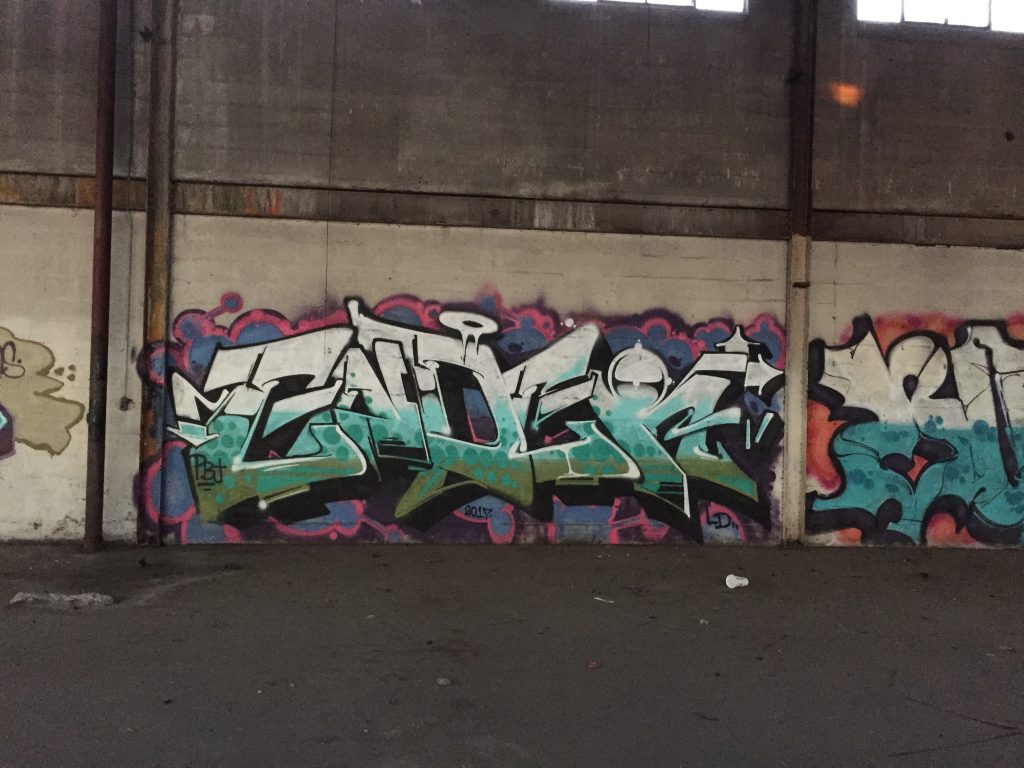 The artistic tradition of trompe l’oeill—fooling the eye—goes back at least as far as ancient Greece, which had stories of competing painters who tried to paint the most realistic pictures. The painter Zeuxis produced a picture of grapes that was so realistic birds flew down to peck at it, which isn’t a big deal because birds are idiots, andhe was outdone by his rival Parrhasius whose painting of curtains was so realistic Zeuxis tried to pull them back, hence the expression “it’s curtains for you”. It also may be why Plato wanted to kick artists out of his ideal society. He saw artists imitating reality as a threat to understanding what was really real, which makes me wonder if Plato knew what was really going on.
The artistic tradition of trompe l’oeill—fooling the eye—goes back at least as far as ancient Greece, which had stories of competing painters who tried to paint the most realistic pictures. The painter Zeuxis produced a picture of grapes that was so realistic birds flew down to peck at it, which isn’t a big deal because birds are idiots, andhe was outdone by his rival Parrhasius whose painting of curtains was so realistic Zeuxis tried to pull them back, hence the expression “it’s curtains for you”. It also may be why Plato wanted to kick artists out of his ideal society. He saw artists imitating reality as a threat to understanding what was really real, which makes me wonder if Plato knew what was really going on.
The Greeks understood perspective but much of what they’d learned was lost during the Dark Ages, then recovered in the Renaissance which saw the rise of increasingly detailed paintings. Many Dutch artists, including Vermeer, are known for their highly realistic paintings, although there’s some controversy over whether Vermeer and other artists used a camera obscura, essentially copying images projected onto the canvas. It’s an interesting question but one I think is ultimately unanswerable until we develop time travel. And whether artists from the 17th century or other periods used a camera obscura or other means of reproducing images their technique is still pretty impressive. And it reminds me that in the 19th century some French sculptors were accused of surmoulage, the practice of simply using casts from bodies–a charge that haunted Rodin and that he tried to avoid by making statues larger than life, but that’s another story.
Anyway I realize the graffiti above isn’t really an example of trompe l’oeill art, but it is very cleverly done and appears to have depth. It even looks like it might move right out of the wall.






i’m not wily enough to figure out how to leave comments here, Chris. I hope you can rescue them from the depths.
Okay! My phone works again but my laptop still gets error 403.
I’m glad you were able to leave some comments. I was in another state and without my laptop over the weekend but I’ve run some updates that I hope have fixed things.
I didn’t know that about either Vermeer or Rodin–casts made from dead bodies? Now, that would make a cool story!
Wait, Rodin made casts from dead bodies? I thought the practice he was accused of was making casts of living body parts and then molding them together into a sculpture, although, you know, making casts from dead bodies is the plot of the movie Bucket Of Blood, which I highly recommend.
Oh, maybe I misunderstood—although it would make a great movie plot!
I rather like the graffiti. We have quite a bit of rea8 cool graffiti here in NYC. I always enjoy examining them.
Thank you for the History lesson. Very cool post.
rea8 = really. Always reread what was typed before hitting “send”. Oops. ?
I really like graffiti too, and what first got me interested in it was a documentary about New York graffiti in the ’80’s, and the artists who created it. Some of them got discovered and became successful gallery artists. I think some are still doing that.
I’m going to try to leave another comment from the depths of my laptop, Chris.
Yay!
I’m so happy this comment was successful. My happiness is very deep.